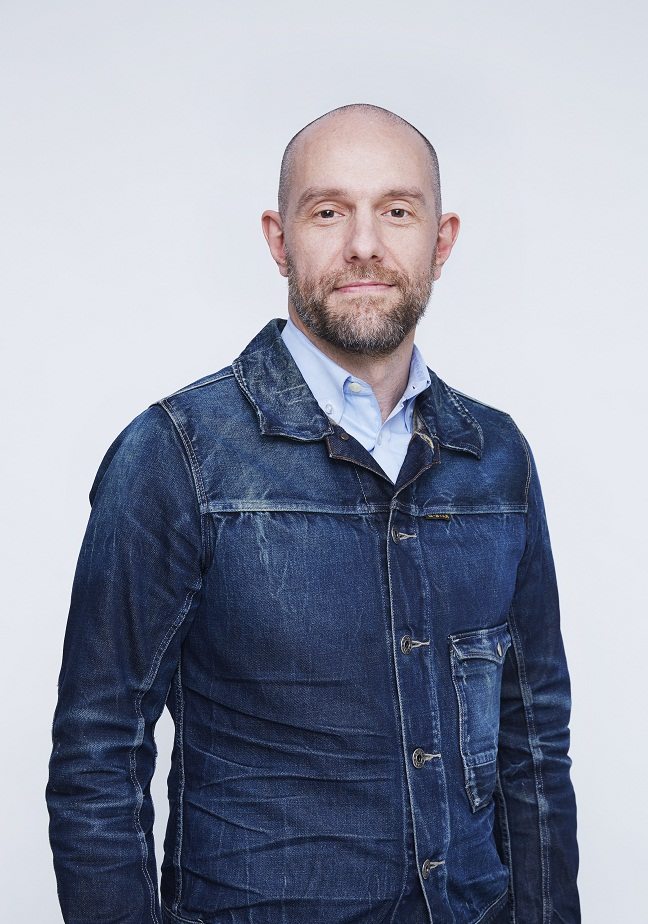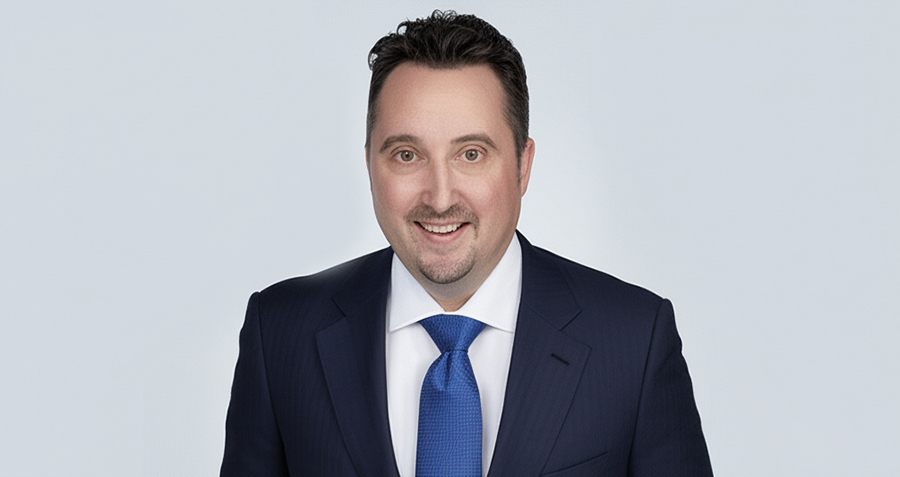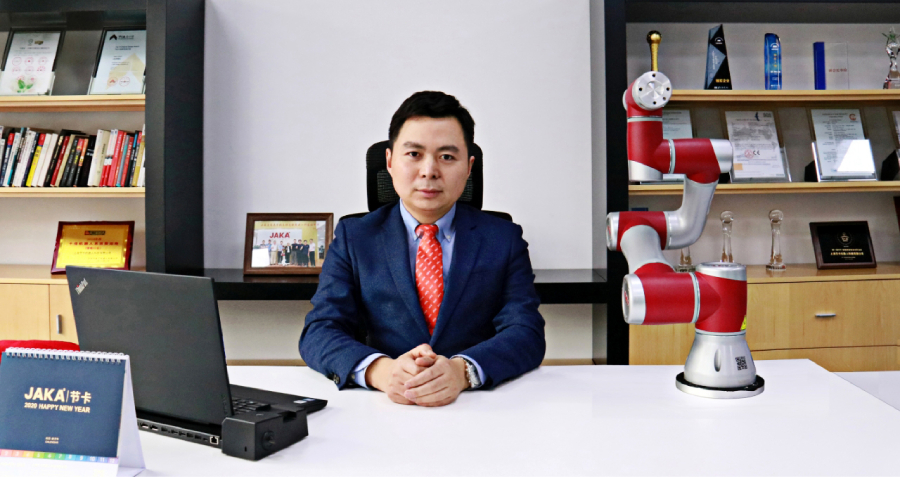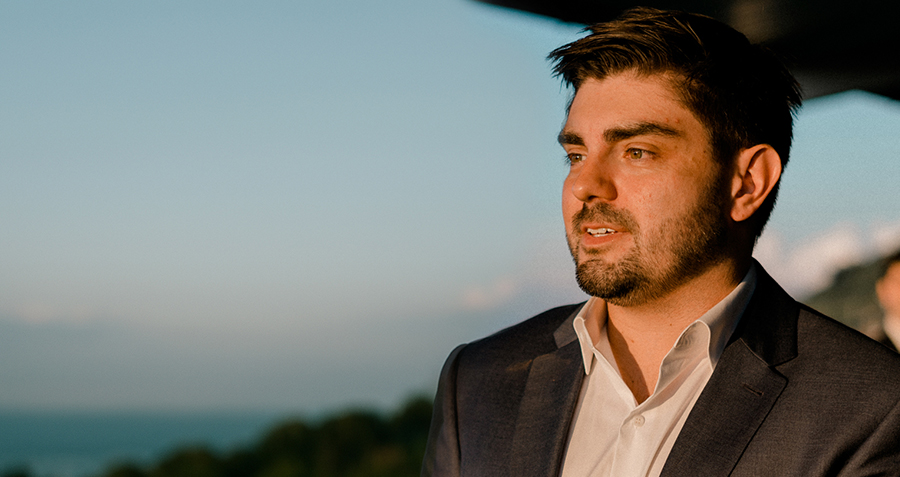
IDEO China’s Charles Hayes on how the globally renowned design and consulting company operates in a Chinese context.

For nearly 25 years now, IDEO has stood at the cutting edge of the possibilities of design. Founded in Silicon Valley in 1991 by an early popularizer of the design thinking methodology—co-founder David Kelley, a Stanford University professor—IDEO has grown into a diverse global organization with 10 offices around the world, with experts on tap in disciplines ranging from behavioral service to software engineering. Thirteen years ago, IDEO opened an office in Shanghai. Charles Hayes, a partner at IDEO and Managing Director of IDEO China, spoke with us in a wide-ranging telephone interview about the evolution of IDEO China, what IDEO’s approach to design thinking means in a Chinese context and how the Chinese business and consumer cultures are evolving.
Q. How is IDEO China evolving?
A. We started out not too dissimilarly to IDEO globally, with a product and engineering focus. We were supporting the prototyping and the development of product ideas coming from other IDEO studios around the world and connecting our clients more closely to the manufacturing engine of China. Then about eight or nine years ago we started getting a lot more interest from domestic companies in what design could do to help them move higher up the value chain. How do we go from being a low-cost OEM supplier to building a brand ourselves?
Now we’re getting into a much more complex design area, designing completely new business ventures. For instance, for the past two years, we’ve been involved with an entirely new venture that started here in Shanghai called Hunter Gatherer. Two entrepreneurs came to us and said, we would like to create a farm-to-table restaurant concept, real food, quality food, where none of the things that people have concerns about, like safety, are top of mind. We need to design more than what the restaurant looks like or how to create and position the brand. We need to understand the real concerns people have around food consumption and food behavior and we need to understand the entire food supply chain.
We put together a team with these various backgrounds: entrepreneurship, management consulting and product design. We even designed the food—we worked with two chefs and we have a food prototyping kitchen here in Shanghai. We brought consumers in to test different foods, understand price point sensitivity, wayfinding, packaging designs, etc. So we designed for a whole ecosystem that includes farms surrounding Shanghai and in other parts of China, all the way through to the retail experience, location strategy, building the brand and a business model of how to make this sustainable over the long term. We trained frontline staff and educated them about how to talk about what real food means, and where ingredients are from.
Hunter Gatherer has now been running for about 18 months, they’re getting ready to open a third restaurant here in Shanghai, and now they’re launching e-commerce and a number of other channels to sell the extra produce they grow on the farms so they can provide wider and wider access to their food, and wider and wider awareness around food consumption and eating well.
Q. We understand developing empathy for the customer is an important part of IDEO’s approach to design thinking. How do you build that?
A. We take a very qualitative and an ethnographic approach to research. We do not go with a loaded set of questions that we’re looking for yes/no answers to because that implies that we already have the answer rather, we want to start with what we call divergent thinking. That’s why we didn’t just talk to our target consumer, we also talked to extreme consumers—people who hate healthy food, people who are obsessed with it.
There’s also a lot of observation-based work, a lot of activities where we shadow people or we observe people, there are shopping missions, we might go out and eat with people, and it’s not actually what they say, it’s how do they eat? What do they order? What order do they order the food in? What do they mix together? What won’t they mix? All the details you can learn from that would be hard to craft in a survey.
You actually have to see them do things for themselves and interpret what they’re doing because they’re not always the most articulate in telling you why they do it or what drives them. Sometimes you only figure it out after asking five whys, meaning by the fifth time you’ve asked why, you get to the heart of what’s really going on. So if they say, I like eating salad, you say, why? Oh, because it’s healthy for me. Well, why is that important? Oh, because I have to watch my weight because a lot of people have diabetes now… and why do you worry about that? Eventually, you find out there’s a story of someone in the family [who] died from diabetes, and now you’re in the space where you actually have empathy for what they’re going through and why they’re making their choices.
We also talk to chefs and understand the changing landscape of what people will pay for, what people want to buy, what kinds of requests people have in restaurants and other food environments. We’ll cast a wide net for experts and various kinds of consumers.
We look at analogous industries or situations too. In the case of the farm-to-table concept, we went to London. If you had dinner in London 30 years ago, it was an incredibly different choice set than you have today, and we wanted to know how, in the space of two or three decades, London had managed to transform itself into an incredibly diverse and rich food culture. We went around the city for a full week and met with the Jamie Oliver Foundation. We wanted to find out what had happened to the food ecosystem at the time, changes in consumers’ preferences and behaviors, new ideas that were introduced into London, etc. We looked for principles or lessons that we could bring back to China and apply to similar things we were seeing in China.
Q. Do you have any advice for newcomers to the China market?
A. I see quite a bit of very expensive, very time-consuming traditional market research that uses quantitative research to say, here’s the segment we should go after, here are the kinds of things we do. But the Chinese consumer is changing so quickly that you can’t look at understanding the Chinese consumer as a one-time research activity. That’s a mistake I think a lot of people make. I’ve talked to people who, on the conservative side, say China gets a new generation of consumers every five years; on the less conservative side, they say it’s every three. You’ll find a lot of Chinese slang that characterizes each of these generations and describes why they’re different and how their value systems are changing. If you as a multinational do not have a kind of insight engine that is ongoing and continuous, tracking and engaging consumers all of the time, you really risk missing either some of these generations or some of these big things and making some pretty wrong assumptions.
Q. Do Chinese companies pose any special challenges to IDEO?
A. I think hierarchy is one example of something that works for and against some of our Chinese clients’ cultures. If you do not have buy-in from a very senior leader within an organization, this not only determines budgets, but has an incredible amount of influence in terms of how people think and what they do, and it’s very difficult to get very far.
Now, the flip[side] of that is also true: leaders who have the willingness to take a bit of risk, put resources behind something and make it happen tend to make decisions very quickly. You can get things done in incredibly short amounts of time. I’ve found that to be pretty amazing.
I’ve seen this openness among many younger managers and also in the executive teams of a lot of the start-ups we work with. There isn’t a group of people in China, I think, that is more readily interested in and embraces design thinking than these start-ups. They’re very fast, very agile, very flat in structure, very interested in gaining insight and understanding and staying close to consumers, and very open to taking an iterative, prototyping approach to building their business.
Q. What’s driving this new openness?
A. Restrictions on outbound travel have loosened up quite a bit now and this is creating an incredible exposure loop. At the same time, you have an extraordinary number of people studying abroad, not just at the college level, but they’re going to high school, they’re going to junior high, in the US, in Europe, and then a lot of them are coming back. China also has one of the most robust digital ecosystems in the world. Now, from an outsider’s perspective the Great Firewall of China and this idea of censorship might make you think there’s no access to information here or it’s extremely restricted, but in terms of business and culture, it isn’t. You can access a lot of information in the categories of consumption and best practice in business and all of those things. People have access to a lot of information. Plus, it’s a very studious culture; people like to study and learn about things.
Q. How is it affecting consumers’ tastes?
A. All kinds of ways. For example, a colleague pointed out to me that a couple of years ago, salads weren’t even a popular thing in Shanghai and now I can’t count how many salad places have popped up. Things you wouldn’t have guessed and you would have assumed, okay, this is a western idea, it’s not that consistent with Chinese cuisine, the idea of eating cold food, raw food, in that context doesn’t make sense unless you overlay all the cultural and travel and other layers that I’ve just told you about.
Q. How about the business culture?
A. It’s no longer that the really smart Chinese graduate out of a Chinese college is looking to the multinational for global exposure and the highest paying job. A lot of the insights I’ve discovered suggest that some of the younger generations now going into the workforce are prioritizing things like working for a company that has a strong purpose over how much they make in terms of salary. That speaks a lot to a different point of view on what kind of career they want to create for themselves and what values and priorities they have about what they expect out of the company they’re working for.
All of this leads me to have some cautious optimism about what this next generation of the workforce is going to be able to create in terms of new opportunities for the country.



















